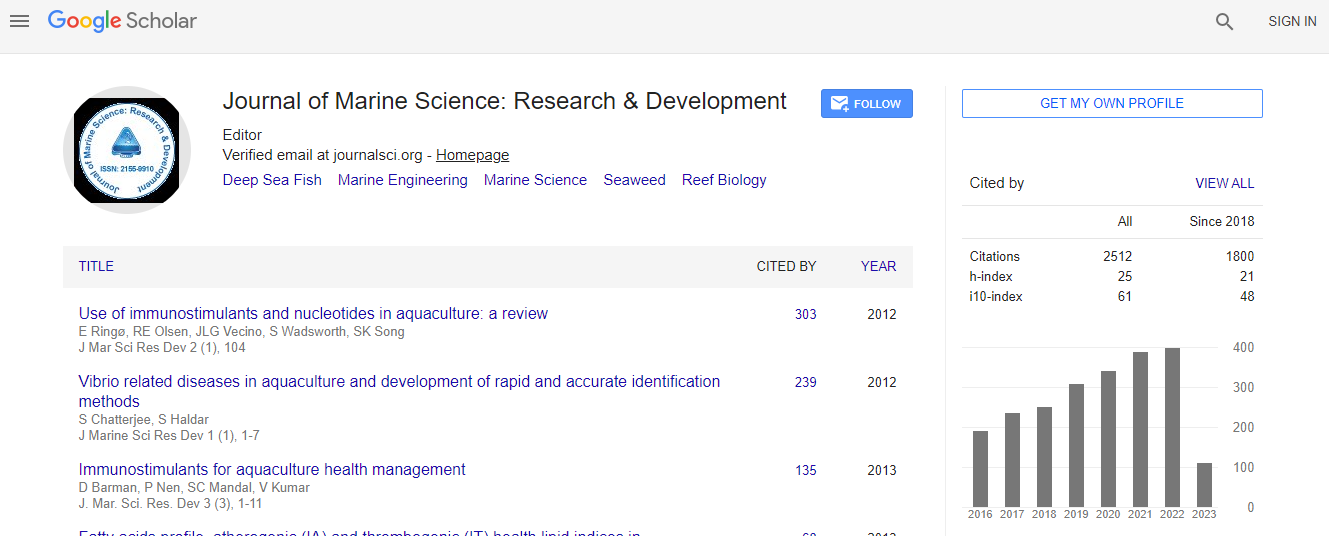Our Group organises 3000+ Global Conferenceseries Events every year across USA, Europe & Asia with support from 1000 more scientific Societies and Publishes 700+ Open Access Journals which contains over 50000 eminent personalities, reputed scientists as editorial board members.
Open Access Journals gaining more Readers and Citations
700 Journals and 15,000,000 Readers Each Journal is getting 25,000+ Readers
Google Scholar citation report
Citations : 3189
Indexed In
- CAS Source Index (CASSI)
- Index Copernicus
- Google Scholar
- Sherpa Romeo
- Open J Gate
- Genamics JournalSeek
- Academic Keys
- ResearchBible
- Ulrich's Periodicals Directory
- Electronic Journals Library
- RefSeek
- Directory of Research Journal Indexing (DRJI)
- Hamdard University
- EBSCO A-Z
- OCLC- WorldCat
- Scholarsteer
- SWB online catalog
- Virtual Library of Biology (vifabio)
- Publons
Useful Links
Recommended Journals
Related Subjects
Share This Page
Non-polluting seabed fracking of oil reserves in the Great Barrier Reef province
4th International Conference on Oceanography & Marine Biology
Jesse Deschamps
USA
Posters & Accepted Abstracts: J Marine Sci Res Dev
Abstract
As the world looks to new and more diverse energy sources for the future, one source that is rapidly emerging is coal seam gas (CSG). Australia has large reserves of this resource, especially offshore from Queensland, New South Wales and Victoria. Although gas is a fossil fuel, it is considered √ʬ?¬?cleaner√ʬ?¬? than coal because it does not produce the same level of greenhouse gas emissions when burned. Fracking or hydraulic fracturing is used to improve the flow of gas from underwater formations that are difficult to access due to ocean depth and coral and rock composition. Because gas is currently cheaper than renewable energy sources, wind and solar, it is seen by many in the industry as a viable short to medium term option. Seismic surveys of its geomorphology and oceanographic studies of the Great Barrier Reef (GBR) have confirmed that immense oil reserves underlie the Reef basin. Following the Australian Government√ʬ?¬?s repeal of the Great Barrier Reef (Prohibition on drilling for petroleum) regulations 1999 and a renewal of oil exploration permits that cover the GBR province, there has been an upsurge of interest in non-polluting CSG extraction. While legal prohibitions restrict large scale sediment disturbance which would lead to a decrease in water quality in the GBR Marine Park, direct habitat loss for flora and fauna and alienation of other uses of the Park, the authors have devised and tested a radical nonpolluting CSG fracking and extraction method that conforms to these stringent requirements.Biography
Email: jessedeschamps@rhyta.com

 Spanish
Spanish  Chinese
Chinese  Russian
Russian  German
German  French
French  Japanese
Japanese  Portuguese
Portuguese  Hindi
Hindi 